Đặc tính kỹ thuật:
| Thông số |
Nội dung |
| Phương pháp |
ELISA gián tiếp |
| Loài |
Động vật nhai lại, lợn, chó và mèo |
| Nền mẫu |
Huyết thanh, huyết tương hoặc nước thịt |
| Kháng nguyên phủ giếng |
Kháng nguyên Toxoplasma gondii P30 |
| Kháng thể cộng hợp |
Kháng thể cộng hợp-HRP kháng IgG đa loài (đậm đặc 10X) |
Thông tin đóng gói sản phẩm:
| Mã sản phẩm |
Đóng gói |
Số lượng phản ứng |
Dạng đĩa |
| TOXOS-MS-2P |
2 đĩa |
192 |
12 x 8 giếng |
Tài liệu trích dẫn:
SHEEP AND GOATS
1) Basso W. et al. (2022). Toxoplasma gondii and Neospora caninum infections in sheep and goats in Switzerland: Seroprevalence and occurrence in aborted foetuses. Food and waterborne parasitology, 28, e00176.
2) Fereig R.M. et al. (2022). Seroprevalence of Specific Antibodies to Toxoplasma gondii, Neospora caninum, and Brucella spp. in Sheep and Goats in Egypt. Animals, 12(23), 3327.
3) Alemnew E. et al. (2021). Clinical abortion and serological investigation of Brucella melitensis, Coxiella burnetii and Toxoplasma gondii in goats in Ataye boer nucleus site North Shewa Zone, Ethiopia. Agric Vet Sci, 5(2), 55-65.
4) Aroussi A. et al. (2021). Estimation of Toxoplasma gondii seroprevalence in sheep in Sidi Bel Abbes, Algeria. Open Veterinary Science, 2(1), 65-71.
5) Gazzonis A.L. et al. (2020). Toxoplasma gondii infection in meat-producing small ruminants: Meat juice serology and genotyping. Parasitology international, 76, 102060.
6) Gazzonis A.L. et al. (2019). Toxoplasma gondii in naturally infected goats: Monitoring of specific IgG levels in serum and milk during lactation and parasitic DNA detection in milk. Preventive veterinary medicine, 170, 104738.
7) Tonouhewa A.B.N. et al. (2019). A serological survey of Toxoplasma gondii infection in sheep and goat from Benin, West-Africa. Journal of parasitic diseases, 43(3), 343-349.
8) Subedi S. et al. (2018). Sero-prevalence of Toxoplasma gondii in sheep in different geographical regions of Nepal. Veterinary and Animal Science, 5, 7-9.
9) Villagra-Blanco R. et al. (2018). Seroprevalence and factors associated with Toxoplasma gondii, Neospora caninum and Coxiella burnetii infections in dairy goat flocks from Costa Rica. Veterinary Parasitology: Regional Studies and Reports, 14, 79-84.
10) Rodriguez-Ponce E. et al. (2017). Serological survey of antibodies to Toxoplasma gondii and Neospora caninium in goat population in Canary Islands (Macaronesia Archipelago, Spain). Small Ruminant Research, 147, 73-76.
11) Ahmed H. et al. (2016). Seroprevalence and spatial distribution of toxoplasmosis in sheep and goats in North-Eastern Region of Pakistan. The Korean journal of parasitology, 54(4), 439.
12) Sharma R.N. et al (2015). Seroprevalence of Toxoplasma gondii in sheep and goats in Grenada, West Indies. International Journal of Current Research and Academic Review, 3, 262-267.
13) Gebremedhin E.Z. et al. (2013). Comparison between enzyme linked immunosorbent assay (ELISA) and modified agglutination test (MAT) for detection of Toxoplasma gondii infection in sheep and goats slaughtered in an export abattoir at Debre-Zeit, Ethiopia. BMC veterinary research, 9(1), 1.
SWINE
14) Dahourou L.D. et al. (2020). Serological evidence and factors associated with porcine toxoplasmosis in three villages of Fara’s division in Burkina Faso. International Journal of Biological and Chemical Sciences, 14(6), 2172-2180.
15) Pablos-Tanarro A. et al. (2018). Seroprevalence of Toxoplasma gondii in Iberian pig sows. Parasitology research, 117(5), 1419-1424.
16) Felin E. et al. (2017). Comparison of commercial ELISA tests for the detection of Toxoplasma antibodies in the meat juice of naturally infected pigs. Veterinary parasitology, 238, 30-34.
17) Obijiaku I. N. et al. (2017). Seroprevalence of Toxoplasma gondii infection in slaughtered pigs in Makurdi, Nigeria. Sokoto Journal of Veterinary Sciences, 15(3), 91-94.
18) Bamba S. et al. (2016). Seroprevalence of Toxoplasma gondii and direct genotyping using minisequencing in free-range pigs in Burkina Faso. International journal of food microbiology, 230, 10-15.
19) Bacci C. et al. (2015). Detection of Toxoplasma gondii in free-range, organic pigs in Italy using serological and molecular methods. International journal of food microbiology, 202, 54-56.
BOVINE
20) Liu Y. et al. (2022). Toxoplasma gondii Antibodies in Raw Milk and Sera of Cows in China. Pathogens, 11(10), 1079.
21) Ciuca L. et al. (2020). Seroprevalence and clinical outcomes of Neospora caninum, Toxoplasma gondii and Besnoitia besnoiti infections in water buffaloes (Bubalus bubalis). Animals, 10(3), 532.
LIVESTOCK MULTISPECIES: BOVINE, SHEEP AND GOATS, PIGS
22) Fereig R. M. et al. (2022). Prevalence of Neospora caninum and Toxoplasma gondii antibodies and DNA in raw milk of various ruminants in Egypt. Pathogens, 11(11), 1305.
23) Pepe P. et al (2021). Towards an integrated approach for monitoring Toxoplasmosis in Southern Italy. Animals, 11(7), 1949.
HORSES
24) Ouslimani S. F. et al. (2019). Seroepidemiological study of the exposure to Toxoplasma gondii among horses in Algeria and analysis of risk factors. Veterinary World, 12(12), 2007.
25) Lee S.H. et al. (2014). Evidence of Toxoplasma gondii exposure among horses in Korea. Journal of Veterinary Medical Science, 76(12), 1663-1665.
26) Paştiu A.I. et al. (2015). Comparative assessment of Toxoplasma gondii infection prevalence in Romania using 3 serological methods. Bulletin UASVM Veterinary Medicine, 72, 1.
CAMELIDS
27) Abdallah M. C. et al. (2020). First report of Toxoplasma gondii infection and associated risk factors in the dromedary camel (Camelus dromedarius) population in south East Algeria. Veterinary Parasitology: Regional Studies and Reports, 22, 100475.
28) Basso W. et al. (2020). Toxoplasma gondii and Neospora caninum infections in South American camelids in Switzerland and assessment of serological tests for diagnosis. Parasites & vectors, 13(1), 1-18.
29) Bártová E. et al. (2017). Seroprevalence of Neospora caninum and Toxoplasma gondii in exotic ruminants and camelids in the Czech Republic. Parasitology Research, 116(7), 1925-1929.
CATS AND DOGS
30) Attipa C. et al. (2021). Seroprevalence of Toxoplasma gondii in Cats from Cyprus. Pathogens, 10(7), 882.
31) Fábrega L. et al. (2020). Frequency of Toxoplasma gondii and risk factors associated with the infection in stray dogs and cats of Panama. Microorganisms, 8(6), 927.
32) Tan L.P. et al. (2020). Prevalence of Toxoplasma gondii in pet and stray cats in Klang Valley, Malaysia. Tropical biomedicine, 37(3), 542-550.
33) Rengifo-Herrera C. et al (2017). Seroprevalence of Toxoplasma gondii in domestic pets from metropolitan regions of Panama. Parasite, 24.
34) Györke A. et al (2011). Toxoplasma gondii in Romanian household cats: evaluation of serological tests, epidemiology and risk factors. Preventive veterinary medicine, 102(4), 321-328.
RABBITS
35) Henneb M. et al. (2019). Seroprevalence and risk factors of Toxoplasma gondii infection in rabbit of local Algerian population. Veterinary World, 12(6), 855.
WILD ANIMALS
36) Engel L. et al. (2022). Toxoplasma gondii in raccoons (Procyon lotor) in Germany: a serosurvey based on meat juice. Parasitology Research, 121(12), 3417-3425.
37) Yue C. et al (2022). Comparison of a commercial ELISA and indirect hemagglutination assay with the modified agglutination test for detection of Toxoplasma gondii antibodies in giant panda (Ailuropoda melanoleuca). International Journal for Parasitology: Parasites and Wildlife, 18, 287-291.
38) Gering E. et al. (2021). Toxoplasma gondii infections are associated with costly boldness toward felids in a wild host. Nature communications, 12(1), 1-8.
39) Muñoz R. et al. (2021). Serological prevalence and risk factors of Toxoplasma gondii in Zoo Mammals in Chile. Preventive Veterinary Medicine, 194, 105445.
40) Laforet C.K. et al. (2019). Toxoplasma gondii seroprevalence in extensively farmed wild boars (Sus scrofa) in Denmark. Acta Veterinaria Scandinavica, 61(1), 1-4.
41) Marková J. et al. (2019). Toxoplasma gondii, Neospora caninum and Encephalitozoon cuniculi in animals from captivity (zoo and circus animals). Journal of Eukaryotic Microbiology, 66(3), 442-446.
42) Sharma R. et al. (2019). Risk factors and prevalence of antibodies for Toxoplasma gondii in diaphragmatic fluid in wolverines (Gulo gulo) from the Northwest Territories, Canada. Food and Waterborne Parasitology, 15, e00056.
43) Kornacka A. et. al. (2018). Survey of Toxoplasma gondii and Neospora caninum in raccoons (Procyon lotor) from the Czech Republic, Germany and Poland. Veterinary parasitology, 262, 47-50.
44) Kornacka A. et al. (2016). The usefulness of direct agglutination test, enzyme-linked immunosorbent assay and polymerase chain reaction for the detection of Toxoplasma gondii in wild animals. Veterinary parasitology, 228, 85-89.
45) Formenti N. et al. (2015). Toxoplasma gondii infection in alpine red deer (Cervus elaphus): its spread and effects on fertility. PLoS One, 10(9), e0138472.
46) Witkowski L. et al. (2015). Seroprevalence of Toxoplasma gondii in wild boars, red deer and roe deer in Poland. Parasite, 22:17.
47) Moskwa B. et al. (2014). Detection of antibodies to Neospora caninum in moose (Alces alces): the first report in Europe. Folia Parasitologica, 61(1), 34.
48) Kamga-Waladjo A.R. et al. (2009). Neospora caninum and Toxoplasma gondii in Lion (Panthera leo) from Senegal, West Africa. Asian Journal of Animal and Veterinary Advances, 4(6), 346-349.
MARINE ANIMALS
49) Calvo-Mac C. et al. (2020). Exposure to Toxoplasma gondii in marine otters (Lontra felina) and domestic cats (Felis catus) in an arid environment in Chile. Journal of wildlife diseases, 56(4), 962-964.
50) Bachand N. et al. (2019). Serological and molecular detection of Toxoplasma gondii in terrestrial and marine wildlife harvested for food in Nunavik, Canada. Parasites & vectors, 12(1), 1-10.
51) van de Velde N. et al. (2016). Toxoplasma gondii in stranded marine mammals from the North Sea and Eastern Atlantic Ocean: findings and diagnostic difficulties. Veterinary parasitology, 230, 25-32.
GENERAL EVALUATION
52) Liyanage K.L.D.T.D. et al. (2021). Descriptive comparison of ELISAs for the detection of Toxoplasma gondii antibodies in animals: A systematic review. Pathogens, 10(5), 605

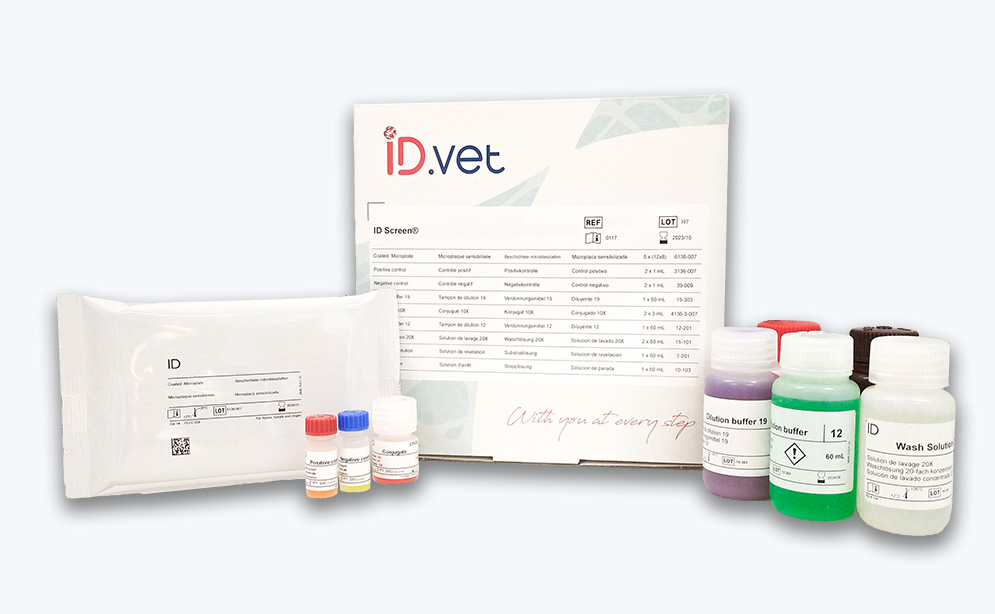
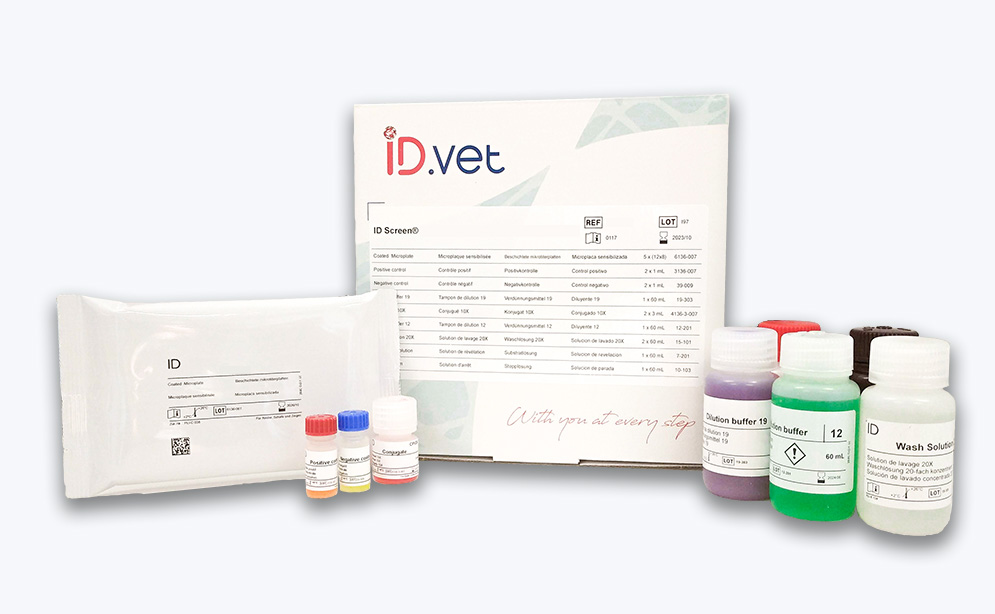
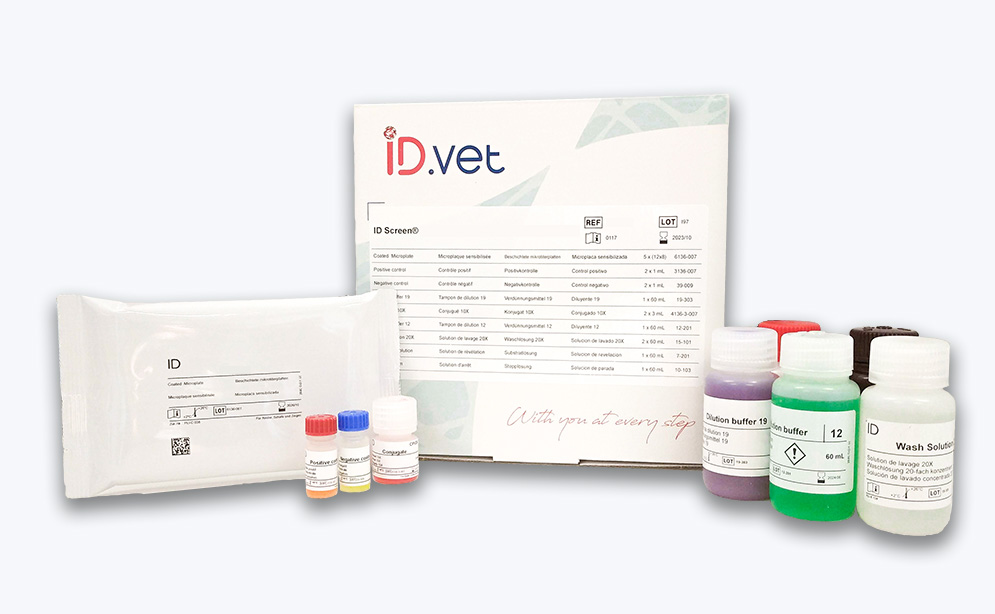
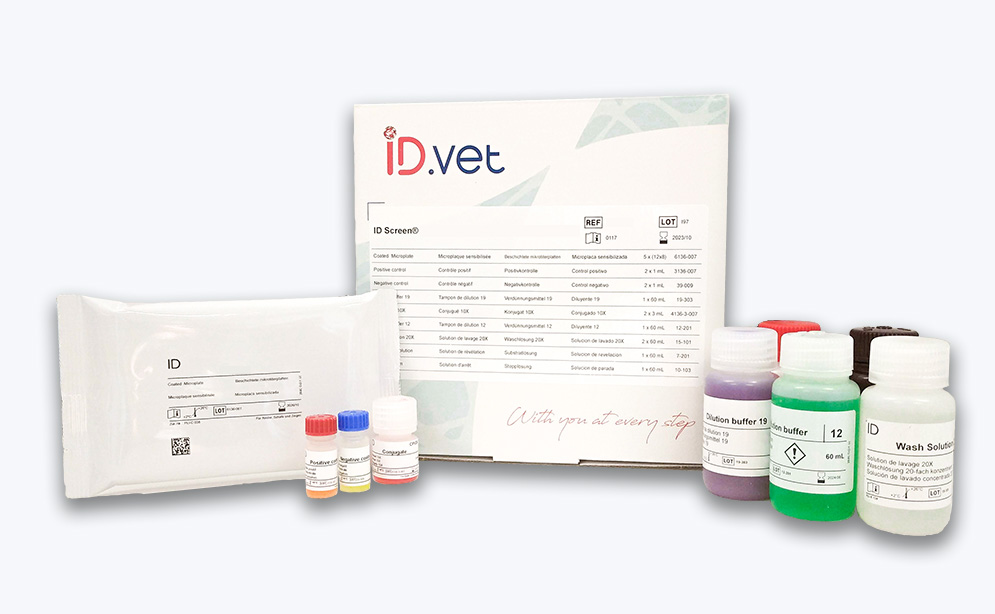
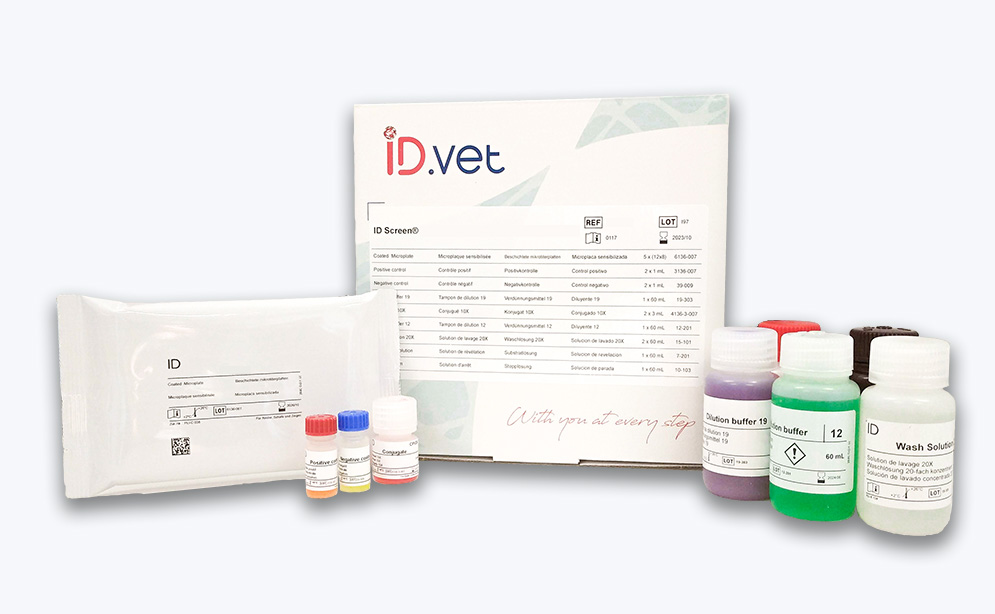

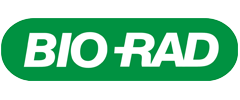






_22.png)
